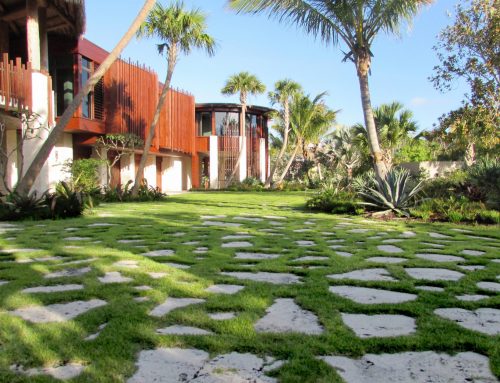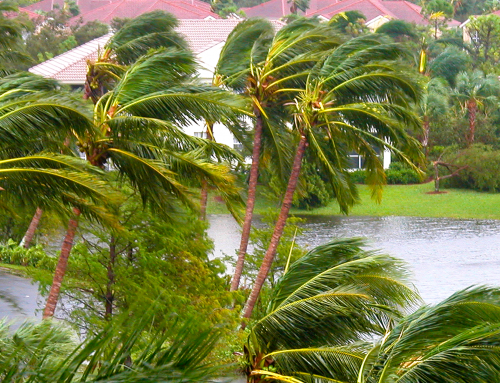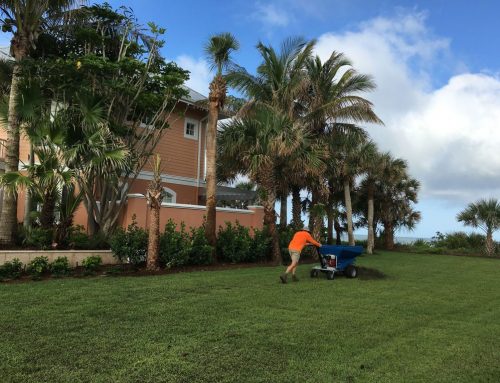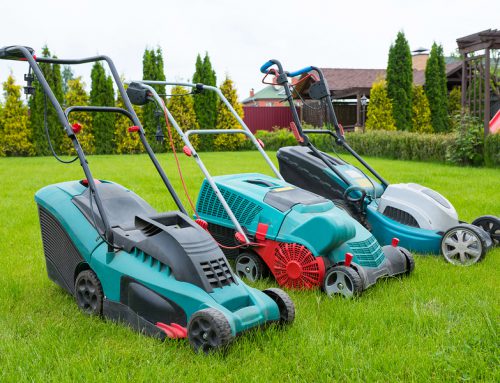Regular tree and palm landscape maintenance throughout the year is recommended. This includes routine trimming and removal of dead limbs and limbs too close to the fence, house or a utility line.
Hurricane Preparedness Kit:
- Garden hose in case your irrigation system is not working due to a power outage
- Pruning tools
- Ladder
- Tree stakes/rebar
- Biodegradable rope or strap
- Come-along tool to write couple trees and shrubs
- Shovel
- Burlap or blankets to protect exposed root balls if you’re unable to securely your landscape immediately; do not use plastic as it will trap heat
- Sharpened, fueled, gas powered chainsaw
- Hearing and eye protection
- Bug spray and sunscreen
What to Expect:
Category ONE hurricane:
- Winds 74 to 95 mph
- Storm surge generally 4 to 5 feet above normal
- Newly planted trees may be toppled
- Some coastal and in land flooding possible
Category TWO Hurricane:
- Winds 96 to 110 mph
- Storm surge generally 6 to 8 feet above normal
- Considerable damage to storm intolerant species
- Coastal and in land flooding possible
Category THREE Hurricane:
- Winds 111 to 130 mph
- Wtorm surge generally 9 to 12 feet above normal
- Wome large trees blown down
- Trees and shrubs growing in saturated soils are more likely to be blown over
- Coastal and in land flooding probable
Category FOUR Hurricane:
- Winds 131 to 155 mph
- Storm surge generally 13 to 18 feet above normal
- Many trees and shrubs sustained extensive damage
- Large trees uprooted and blown down
- Tree crowns are twisted
- Coastal and in land flooding probable
Periodically check your landscape throughout the year, cutting back trees and weak branches that could contact buildings. Assess the shape of your trees and shrubs and envision what they should look like before you begin pruning.
Regardless of the species, you should regularly thin foliage to that when can flow freely through the branches of the trees and shrubs, decreasing the chance that they will be uprooted in strong winds. The selective pruning routine should start when the tree is young in order to encourage a well-shaped, wind hardy form.
In addition to the canopy, it is also important to keep the root system of your trees healthy to prevent unnecessary storm damage. Overwatering and over fertilization can lead to weak growth and shallow root systems that easily “pop-up” in wind events, especially if the soil is saturated. Try and encourage your trees, shrubs and palms to develop a deep root system.
Avoid cutting tree roots during construction such as swimming for installation or sidewalk replacement, as it will be stabilize the tree in a high wind event.
Periodically check your swales and drainage systems to ensure that there are not blockages to impede water from flowing away from your property.






